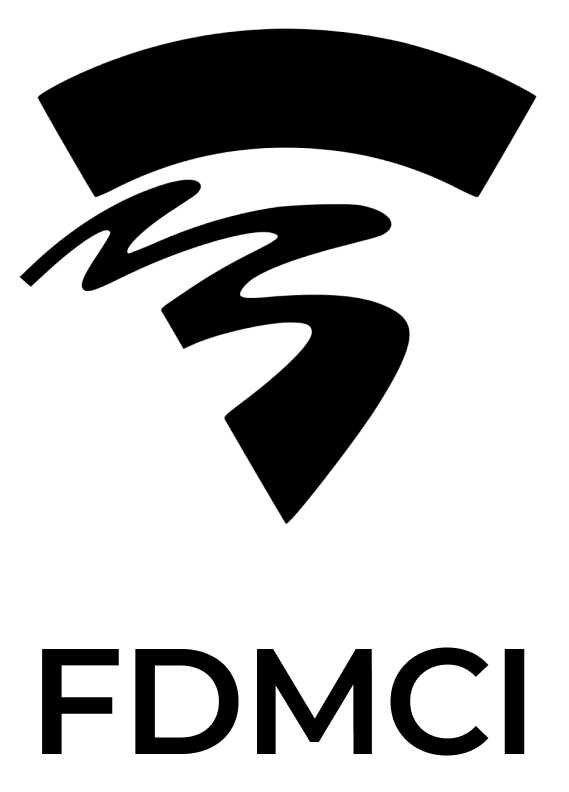Designing learning outcomes
What should students be able to do on finishing this module? This is the central question to ask when designing learning outcomes. Working on the basis of learning outcomes offers ways to be independent from learning pathways and allows for flexibilisation: students must demonstrate their competence, meaning it is the result that counts, not the road taken to achieve it. At different moments and in different ways, students can demonstrate their knowledge, understanding or practical ability.
Many degree programmes make use of learning objectives. These tend to be more specific and often include the way to test them.
At vernieuwenderwijs (NL) you can find more about the difference between learning outcomes and learning objectives. A similar English website can be found here.
Why?
The goal of degree programmes is to train students to meet predetermined exit qualifications. Each module in the curriculum contributes to this; setting learning outcomes makes it clear how. The desired learning outcomes inform the didactics, the supervision, the learning activities and the possible test formats.
What?
Designing learning outcomes involves three steps:
1. Determine the relationship with the exit qualifications
When you designed the module, you analysed its place in the curriculum, identified the target group and determined the learning content.
The analysis of these elements determines what students will be working on, on what level they will work and how this level relates to the exit qualifications. The competence level depends on the target group, the academic year and the module’s place in the curriculum. Learning outcomes formulated independently of learning pathways also allow for learning tracks to be designed more flexibly and in line with demand and make it possible to attune them better to students’ development.
The module’s place in the curriculum and its target group should be among the factors for deciding on the degree of student independence and the complexity of assignments. ZelCom (NL) is one way of describing the build-up in independence and complexity. The diagram below sets out the general guidelines for the various phases of the degree programme.
| Nature of the task | Nature of the context | Level of independence | |
| Level I (first-year programme) |
|
|
|
| Level II (main phase) |
|
|
|
| Level III (graduation phase) |
|
|
|
2. Set the desired end goal
Write down what students should know and be able to do on finishing the module.
- Formulate provisional learning outcomes and make sure you have the entire module covered. A rule of thumb is that one learning outcome should stand for at least three ECTS credits.
- To describe learning outcomes, you can use methods and/or taxonomies such as Tuning, Bloom, Dee Fink, SOLO, Romiszowski (NL)
- A well-formulated learning outcome should contain at least the following three elements:
- a behavioural component (observable and assessable behaviour). Use action verbs for this (e.g. understand, identify, explain);
- a subject-matter component (what): what topic the action should apply to;
- the context (how): making the behaviour concrete.
- In a learning outcome, state just one competence level and always identify the highest competence level (as a cumulative result).
- While the sequence of learning outcomes is logical, all outcomes are independent of each other.
- Set the cut-off score: when is a student considered to have achieved the learning outcome? Ask experienced colleagues for a second opinion or submit your plan to the Examination Board.
3. Formulating learning outcomes
To formulate learning outcomes, use a taxonomy that is in use in the degree programme.
The Tuning approach constructs a learning outcome using a number of standard elements:
| Section | Description |
| Verb | Active verb: describe a student activity that can be assessed. (Use verbs on the basis of a taxonomy) |
| Type |
Which type of learning outcome is it? Knowledge, cognitive or practical skills, or competencies?
|
| Subject |
Which knowledge, skills and attitudes should the student be proficient in?
|
| Standard | The method/methods or theory/theories in common use in the professional field to achieve the required result |
| Context |
Complexity of the situation
|
Example:
[The student has] demonstrated capability to address a research problem, retrieving the appropriate sources and bibliography, and giving critical, narrative form his/her findings in a text of around 60 pages.

Source: http://tuningacademy.org/wp-content/uploads/2014/02/A-Guide-to-Formulating-DPP_EN.pdf
How?
The module’s rationale, foundation, content and target group are clear from its design. On this basis, you can formulate learning outcomes.
There are various taxonomies or methods for formulating learning outcomes or learning objectives. The programme may have already settled on a method. Methods include the following:
Three examples of learning outcomes
The first two are examples of a learning outcome of the type seen mostly in the first year. The one after that is an example of the kind of learning outcome more typically found later on in the programme. Learning outcomes for the final year are often formulated in a way that is less specific and less complex than the formulation of learning outcomes for the first year. This is because learning outcomes for the final year are more comprehensive, but you want to avoid a formulation that runs for 20 sentences.
Please note: this is not mandatory and depends entirely on how the programme is structured. Does your programme mainly use learning outcomes within a module? At Designing tests, you can read how to formulate learning objectives.
- Students treat burn victims in accordance with first-aid guidelines.
- Students have developed the practical skill needed to use JavaScript in a simulated situation to test and improve the interaction of web pages. Students programme in accordance with applicable standards.
- Students recognise the factors that are important for staying healthy over the course of one’s life and can apply these responsibly when analysing health risks. In doing so, they make use of current professional literature.
Once you have formulated the learning outcomes, the next step is considering how to test those outcomes, or parts of them.

